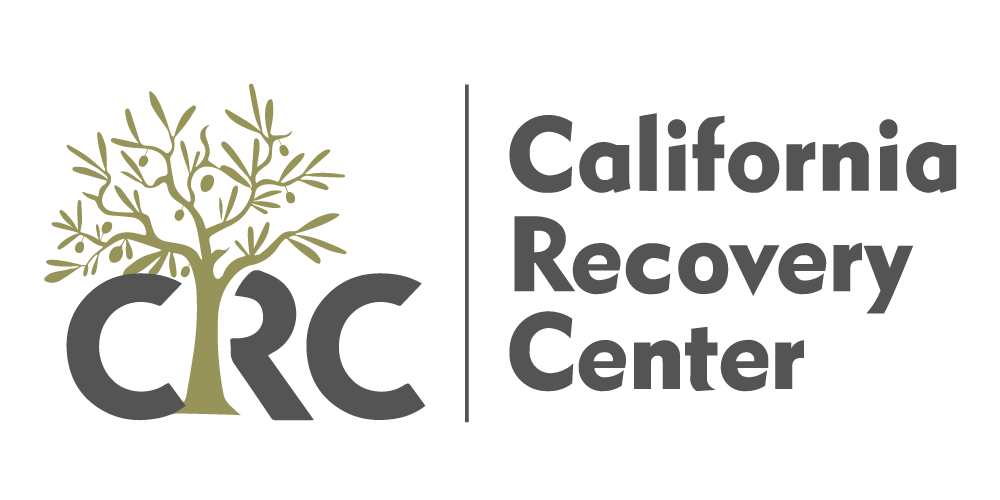Seeking addiction treatment is a life-changing decision, but many people hesitate due to job security...
Rehab for Professionals
read more
The Importance of Alcohol and Drug Rehab Aftercare
Recovering from alcohol and drug addiction is a lifelong journey, not just a 30- or 90-day process....
Inside Our Addiction Treatment Center
Recovery is a deeply personal journey that requires commitment, support, and a nurturing environment. At our...
Benefits of Peer Support in Addiction Recovery: The Power of Connection in Sustaining Sobriety
Addiction recovery is never intended to be an individual journey. While personalized and individual...
What is Cocaine? Facts, Prevention, and the Path to Recovery
Cocaine has long been a potent and dangerous drug, contributing to significant public health issues around...
Balancing Recovery and Parenthood: Strategies for Sober Parenting
For parents, balancing the challenges of maintaining sobriety from alcoholism while raising a family...






